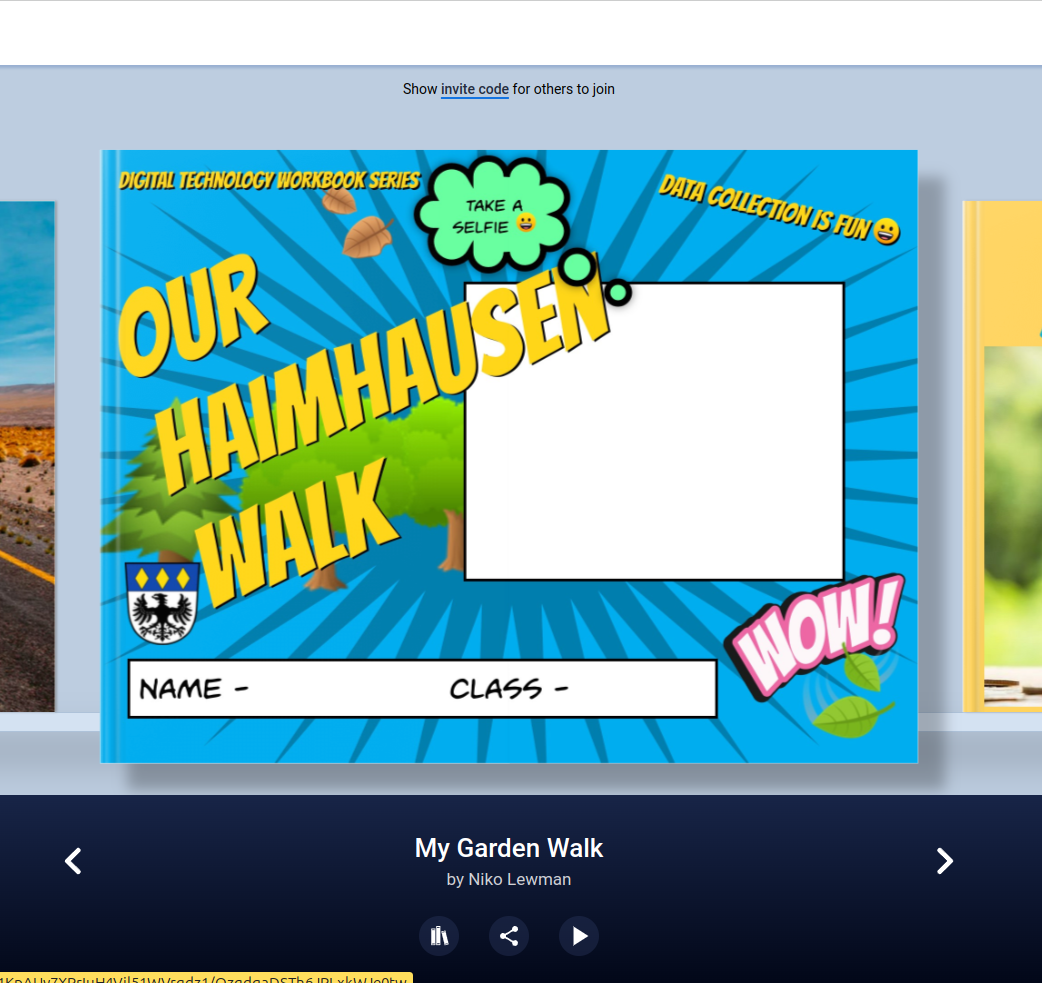This blog post is going to give you three answers:
Should we publish student writing? What are the benefits of showcasing student work? Which tool can I use?
As rewarding and demanding as writing is, writers don’t just write for their enjoyment. They write for an audience; they write to be read. Knowing that their work will mean something, not just to themselves but to others, motivates writers and encourages them to write more and write better.
It’s the same for our students. There’s a world of difference between writing an assignment that will be read only by a teacher and creating something that will be shared with the entire class and beyond. I have always believed that when a young writer reaches this important stage of the process, a wonderful opportunity exists for empowering the writer to make some really important decisions concerning the shape and form of the final product. It increases their awareness of the audience. It also connects our learning communities, as it provides tangible evidence of growth and development as a writer, evidence that families can understand. I felt reassured about publishing and its pivotal role in the development of the student writer.
Self-Efficacy
We also view publishing as having an intrinsic role, as it brings authenticity to students’ writing. When we reach the point that we want to publish, it is the student who will understand the value of editing and revising. Teaching editing as part of the publishing process gives our learners a clearer picture of the power of revising and highlights its purpose. Students get to see firsthand how much difference there is between a rough first draft and a final product that’s been polished to perfection. Moreover, because they know others will be reading their product, they are more likely to be actively engaged in the editing process, as they’ll be looking forward to impressing their fellow writers with their WOW work. Therefore, our task is to ‘nudge’ our student writers in the right direction so that they feel empowered to summon the hard discipline to guide their writing ‘home’—not always easy.
Some students work through the process quicker than others. Others are traveling down a somewhat unfamiliar road and display uncertainty. They gradually descend into indecision. Several ideas come to mind to address these issues.
My chosen tool: is Book Creator
Modeling the process you take for your writing also serves as an authentic example. Make that process visible in Book Creator by sharing the different steps: pre-writing, planning, drafting, revising, editing, and finally publication. Let them see how a polished piece of writing develops. Our students have to see something enacted to fully understand it.
Make the writing process visible, confer with small groups, collaborate, set clear goals and expectations, and celebrate learning. To support an authentic writing environment and to enable our young writers to have ownership over the process, we ought to set deadlines in consultation with students. Deadlines are a reality in the life of a writer, and we risk selling kids short if we don’t set certain expectations for completing tasks—particularly tasks they have selected as important. These conferring times are used to go through the process, support the individual students, and go through the assessment and goals. I use a shared book in Book Creator that outlines the rubric and learning goals.
Classroom example
During our writing time, I make visible what the students are up to in the process and have them explain to their peers what they are up to and what action they intend to take next. I use this as an opportunity to set up check-in groups where students discuss in small groups the plan for publishing their writing and their progress toward achieving their goal. It only takes about five minutes, twice a week, to implement this strategy. It supports authentic collaboration and allows for peer feedback because the power of the group incorporates a measure of accountability for each member of the group. This usually results in a need to enact their professed plans as the students own the process and have a real audience. I also like to draw attention to publishing in whole-class discussions by randomly asking students to share examples of progress being made and future actions and tying this to specific days and dates.
By using Book Creator, we don’t only consider how student writing might be published but also ‘where? I encourage my students to think about and discuss the variety of ways a writer can make a piece of writing public and accessible. This teaches students how to think about the text they have written as an entity and evaluate how it communicates meaning and information through the use of language conventions as well as visual elements.

Book Creator’s Plan the year ahead with Book Creator 2024 document serves as an invaluable tool for teachers looking to incorporate authentic topics into their writing lessons. This comprehensive guide provides a wealth of ideas and resources for integrating real-world themes, current events, and student interests into their writing curriculum. It includes a variety of writing prompts, lesson plans, and activities that can be tailored to different grade levels and learning styles. With this resource in hand, teachers can easily create engaging and meaningful writing assignments that encourage critical thinking, creativity, and problem-solving.










